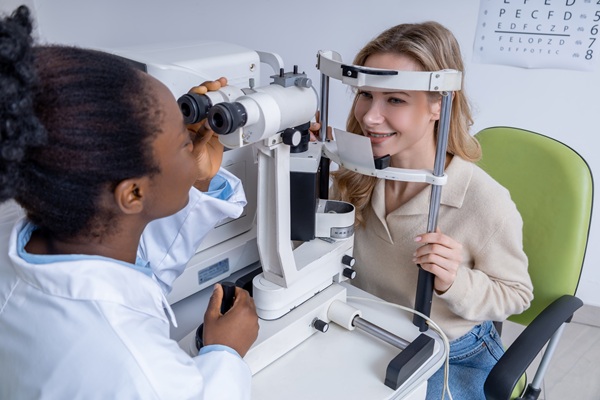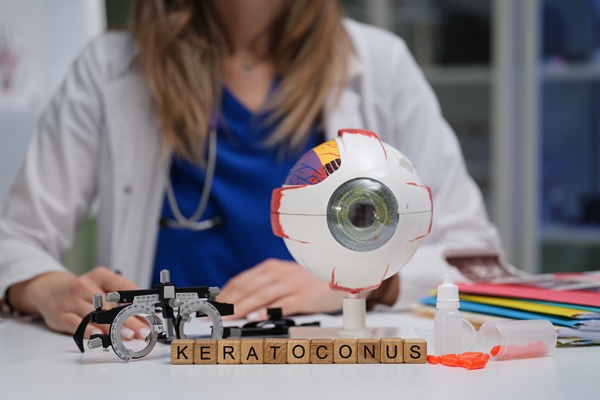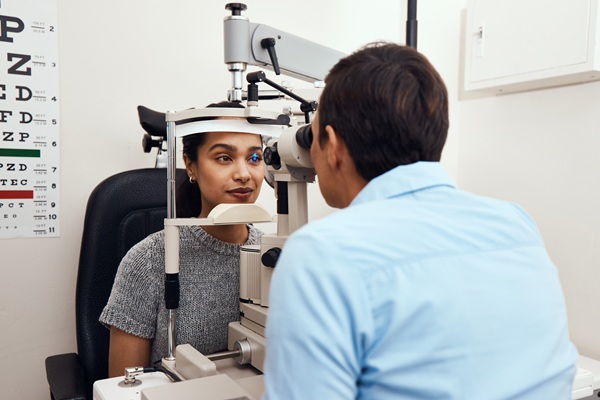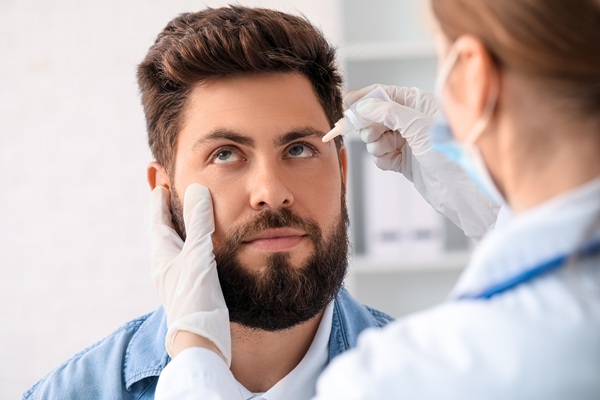FAQ’sNew Rochelle, NY
COVID-19 Prevention:
Bright Eyes is committed to offering excellent and safe care as recommended by the Centers for Disease Control (CDC)
We are committed to maintaining a COVID 19-free practice.
- All employees, patients and patient family members are required to wear masks.
- We require team members to take and document temperatures for all visitors.
- All employees are tested for COVID 19 on a bi-weekly basis.
- We only allow a maximum of 10 individuals inside our practice at all time. (The doors to our practice remain locked until a team member can greet you at the door.)
- We maintain distancing regulations.
- Our office air filters are changed regularly, and all surfaces are cleaned daily.
- When possible, virtual office visits are available.
Why is reading blurry all of a sudden?
Presbyopia is the cause of reading blur that occurs with age. Most people begin to notice the effects of presbyopia sometime after age 40, when they start having trouble seeing small print clearly — including text messages on their phone.
Presbyopia is natural to aging. You cannot exercise the muscle in your eye to get stronger for the purposes of improving focus. The muscle is not the problem. It is the lens in the eye that stiffens and limits focus. This happens even if you've never had a vision problem before. Even myopic people who can see very well up close without glasses will notice that their reading blurs when they wear their usual eyeglasses or contact lenses to correct distance vision.
Is blue light causing eye strain at the computer?
All computers screens emit blue light. Because high energy blue light scatters more easily than other visible light, it is not as easily focused by the eyes. When you're looking at computer screens and phones that emit significant amounts of blue light, unfocused visual "noise” decreases contrast of the image. This can contribute to eye strain. The eyes can throb while trying to focus on the screen which leads to fatigue.
Research has shown that lenses that block blue increase comfort when you're viewing digital devices for extended periods of time.
When does the Insurance not pay for the exam?
Copay
Insurance company set a copay which shares the exam fee. For example if the insurance values an eye exam at $100 they require you to pay the copay which may be $40 (that is your part) and the insurance pays the doctor $60 which is the balance. A copay is necessary even at a follow up appointment.
Deductible
Insurance companies set an amount that you must pay out before the insurance kicks in. If you have a deductible of $500 and the exam is $100 the insurance requires you to pay the $100 in full. The next time you see a doctor your deductible will be $400. You must spend all $500 first before they pay for any service.
Refraction
Most medical plans do not pay for the process of checking your prescription in either glasses or contact lenses. These procedure are called either refractions or contact lens fittings. If you have a vision plan this serves is covered.
Secondary Insurance
Some patients have a primary insurance as well as a secondary insurance. A primary insurance may cover a part of the exam while the secondary covers the remainder. You must provide us with both the primary and secondary insurance if you have this arrangement for full coverage.





